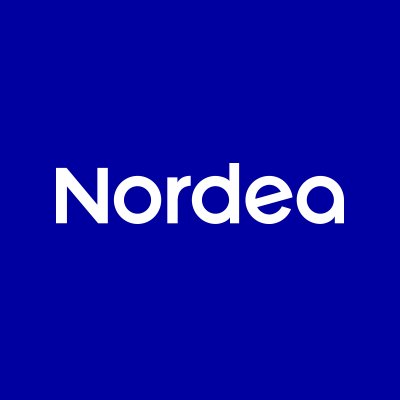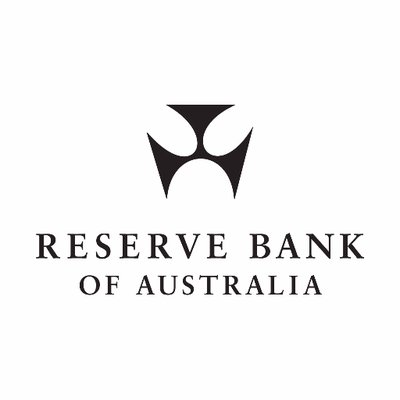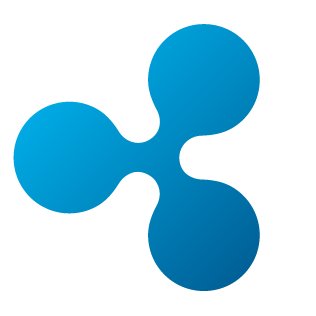Sibos 2018: Alpha-bets M-R
In the third part of our new feature for Daily News at Sibos, we examine fintech firms that are worth watching. This article focuses on four names within the M-R letter range. Tanya Andreasyan, editor-in-chief of FinTech Futures, makes her selection.

Moneythor
Moneythor was set up by Olivier Berthier in 2013, following his departure from Misys (now Finastra) after six years with the firm.
Its HQ is in Singapore and it has an office in Paris, developing software components to provide digital banking for customers, and marketing and analytics for banks.
Its toolkit and personalisation engine has proved attractive to banks and financial institutions in Europe and Asia Pacific – with takers including Crédit Mutuel Arkéa and Orange Bank in France, and Raiz Invest in Australia (formerly Acorns Australia).
Among the biggest names on the client list are APAC heavyweights DBS, Citi, CIMB and Standard Chartered. The latter signed with Moneythor last year, to supplement its client-facing transaction insights (as part of the bank’s new chatbot roll-out), initially in Hong Kong.

Nordea
A Nordic banking group busy on many fronts – from moving its HQ to Finland from Sweden; to being among the first large incumbent players in Europe to embracing open banking; to joining forces with four other regional banks to create a regional know your customer (KYC) infrastructure; and to investing over €1 billion in an enterprise-wide technology overhaul.
The latter has been under way since 2015, with Temenos as its main tech supplier (Temenos’ largest deal to date) and Accenture as integrator. FIS’s (formerly Clear2Pay’s) Open Payment Framework (OPF) is to be the bank’s new payments hub. On the way out is a host of legacy tech, including from Finastra and Tieto.
In spring 2018, Nordea started the roll-out of a “completely new” mobile banking app, with Finland as the first country.
On the blockchain front, Nordea joined the we.trade consortium as founding partner. Together with IBM, we.trade is building a platform based on distributed ledger technology (DLT) for domestic and cross-border commerce.
In the summer, Nordea bought a digital bank in Norway, Gjensidige, for €578 million, adding 176,000 customers, €4.8 billion in assets and 170 staff, and reinforcing its position as Norway’s second largest bank. Gjensidige will be gradually incorporated into Nordea and its operations migrated onto Temenos’ T24, from legacy platform supplied by local banking tech vendor Evry.
On top of that, in September it brought its open banking to Sweden.
 Reserve Bank of Australia
Reserve Bank of Australia
No banking event is complete without the country’s central bank on the scene. Enter Reserve Bank of Australia (RBA).
RBA assumed its duties in January 1960, when the Reserve Bank Act 1959 removed the central banking functions from Commonwealth Bank of Australia (CBA).
It specialises in services to government agencies, other central banks and state organisations, and manages the country’s gold and FX reserves. It processes over 320 million payment and 25 million collection transactions per year.
It also oversaw the introduction of the country’s real-time New Payments Platform (NPP). The implementation project started in 2014, with Swift as the tech and services supplier; and the first go-live took place in early 2018.
In spring 2017, RBA embarked on a major tech overhaul with TCS Financial Solutions. The Indian vendor won the AU$13.6 million ($10 million) contract to supply its core banking system, TCS Bancs, to RBA. The deal followed a two-year system selection process.
The initiative – one of the largest tech modernisation projects at the bank – is scheduled for completion in 2019. TCS Bancs will replace legacy software and will be hosted on RBA’s existing infrastructure and interfaced to the bank’s PeopleSoft general ledger.
 Ripple
Ripple
Blockchain alert! Ripple is known for being one of the most active players on the DLT scene. Its abundant proof of concepts (PoCs) and pilots in the cross-border payments space are well publicised.
In mid-2016, Canada’s ATB Financial sent €666.67 to ReiseBank in Germany using Ripple tech, with the transaction completing in eight seconds. The participants said this was the world’s first bank transfer using blockchain.
The following year, the Bank of England’s accelerator teamed with Ripple for a PoC.
In the Middle East, National Bank of Abu Dhabi became the first bank in the region to introduce real-time international payments on Ripple’s network.
Meanwhile, Axis Bank became the first bank in India to do the same.
In spring 2017, BBVA completed “the first real-life implementation of an international money transfer using Ripple’s new DLT”. The transaction, which ran on BBVA infrastructures with real money, resulted in money moved between Spain and Mexico “in a matter of seconds”.
Earlier this year, Santander launched an international payments service for retail clients in Spain, Brazil, Poland and the UK – Santander One Pay FX – using Ripple’s tech, XCurrent. By the way, InnoVentures, Santander’s $200 million venture capital fund, is an investor in Ripple.
At last year’s Sibos, Ripple attracted attention on the opening day with its cars outside the Metro Toronto Convention Centre (MTCC) ferrying people back and forth to its own rival “Swell” event downtown.
And to finish on a double blockchain note: R3 and Ripple sued each other over an options contract to purchase the latter’s digital currency XRP. But kissed and made up in September when they reached a secret settlement of all outstanding litigation.
This article is also featured in the Daily News at Sibos 2018 – Day 3 edition.
Click here to read the issue online or pick up a print copy if you are at the conference!
The digital and print editions are free.












































